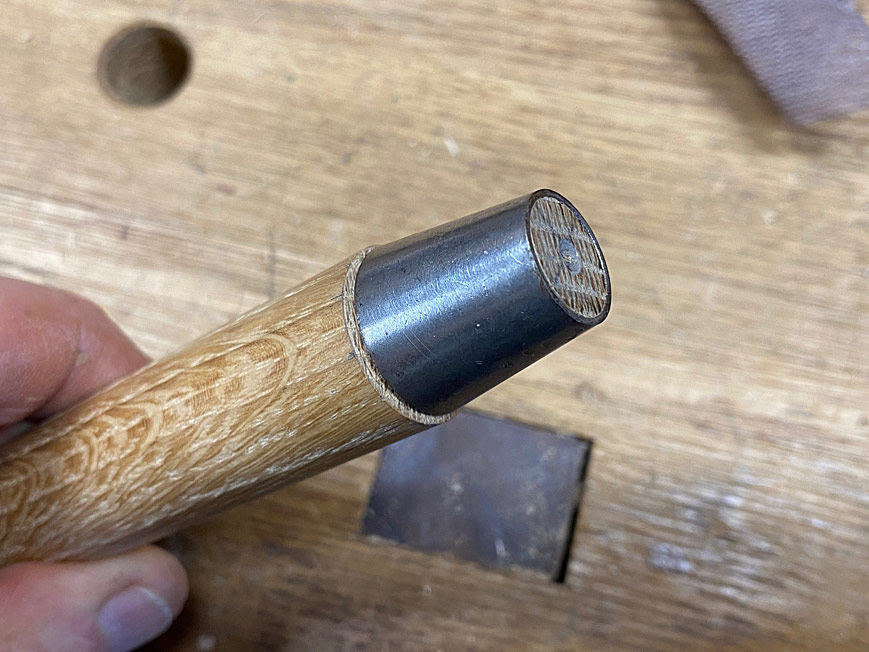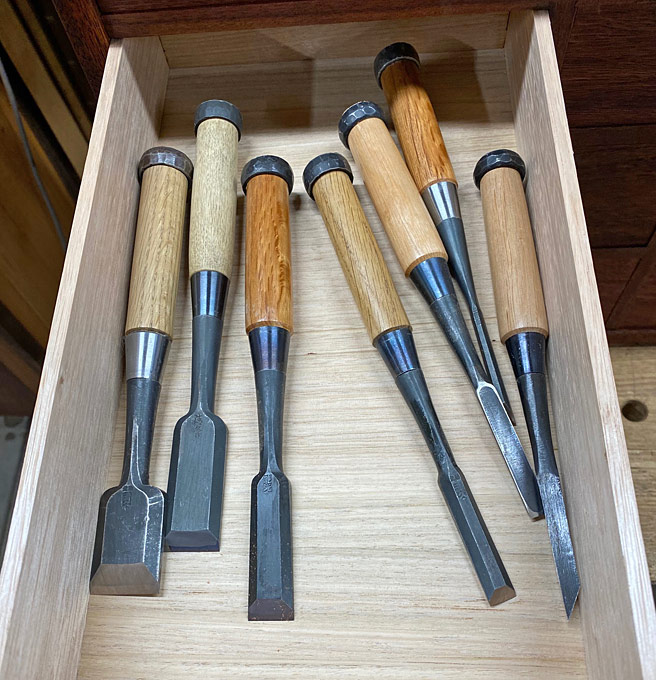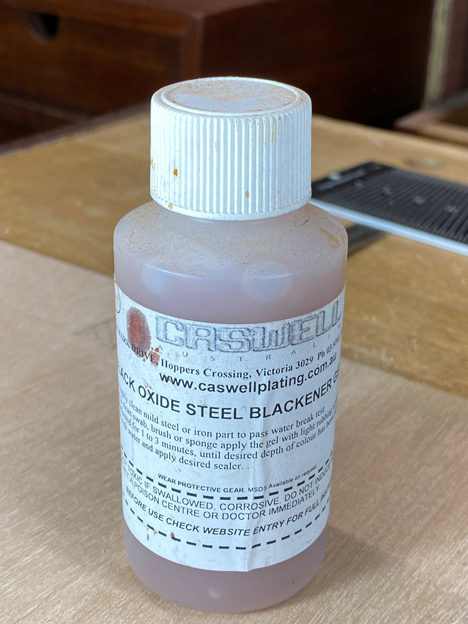What should I use for a finish?
It depends on what you like.
Shellac or lacquer are both good for a shiny smooth finish.
Mine are often left unfinished for some woods like ash or rosewood.
Others are rubbed on the lathe with my shop oil rag. It is mostly saturated with Howard Feed-N_Wax.
Howard Feed-N-Wax.jpg
Something similar to this could be made at home with 50-50 mix of mineral oil and bee's wax. (candle wax might also work) Melt the wax and pour in the oil, mix and let cool. It should make a soft wax easy to rub in. It may need a little turpentine or mineral spirits. Rub it on and then wipe it off with a dry rag.
If you have some furniture polish with wax in it that would likely also work.
jtk
Last edited by Jim Koepke; 01-14-2024 at 7:37 PM.
"A pessimist sees the difficulty in every opportunity; an optimist sees the opportunity in every difficulty."
- Sir Winston Churchill (1874-1965)





 Reply With Quote
Reply With Quote








